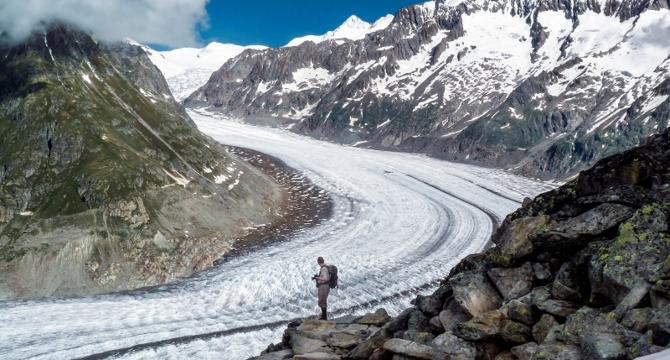Earthsky
1M
40

Image Credit: Earthsky
Enormous glaciers on Snowball Earth helped life evolve
- Around 700 million years ago, during a Snowball Earth period, enormous glaciers carved through the planet's crust, releasing minerals that flooded Earth's oceans and allowed for the surge in complexity of life.
- Glacial ice, technically a form of metamorphic rock, flows downhill like slow-moving water, shaping and bulldozing through landscapes to create distinctive features.
- Researchers compared sedimentary rocks from before and after the glacial period to conclude that glaciers scraped deep into Earth's crust, picking up sediment and minerals.
- As glaciers melted, minerals previously trapped beneath the ice were released into the oceans, altering ocean chemistry and potentially aiding the development of more complex life forms.
- The increased availability of oxygen and influx of minerals during this period likely contributed to the sudden development of more complex life forms on Earth.
- The study emphasizes the interconnectedness of Earth's natural processes and serves as a reminder of the lasting impacts of environmental changes, whether natural or human-driven.
- Ancient glacial activity set off chemical chain reactions, reshaping the planet and highlighting the profound and lasting impacts that environmental changes can have.
- The research underscores how Earth's land, oceans, atmosphere, and climate are intimately connected, demonstrating the significant role huge glaciers played in influencing the evolution of life on our planet.
- This study sheds light on how environmental changes, whether ancient like the Snowball Earth period or modern-day human-driven, can drastically affect the habitability of Earth.
- Glaciers covering the planet during the Snowball Earth period are believed to have played a crucial role in advancing the evolutionary development of life on Earth, showcasing the historical significance of these enormous ancient glaciers.
Read Full Article
2 Likes
For uninterrupted reading, download the app